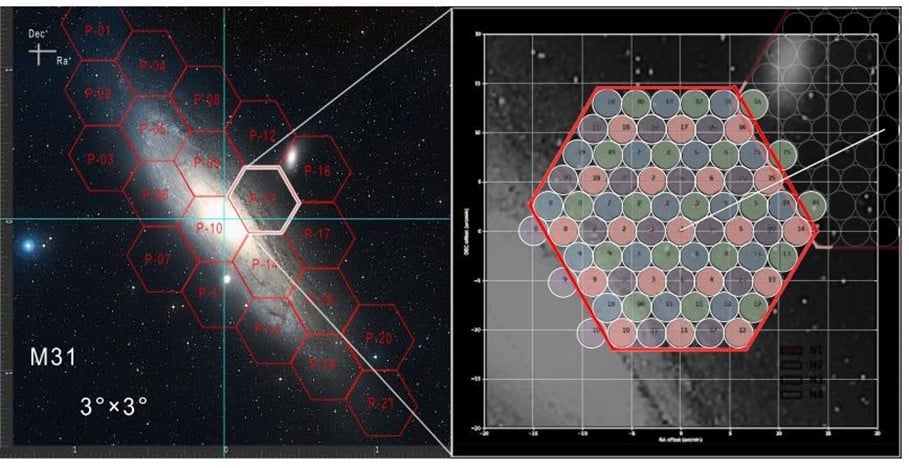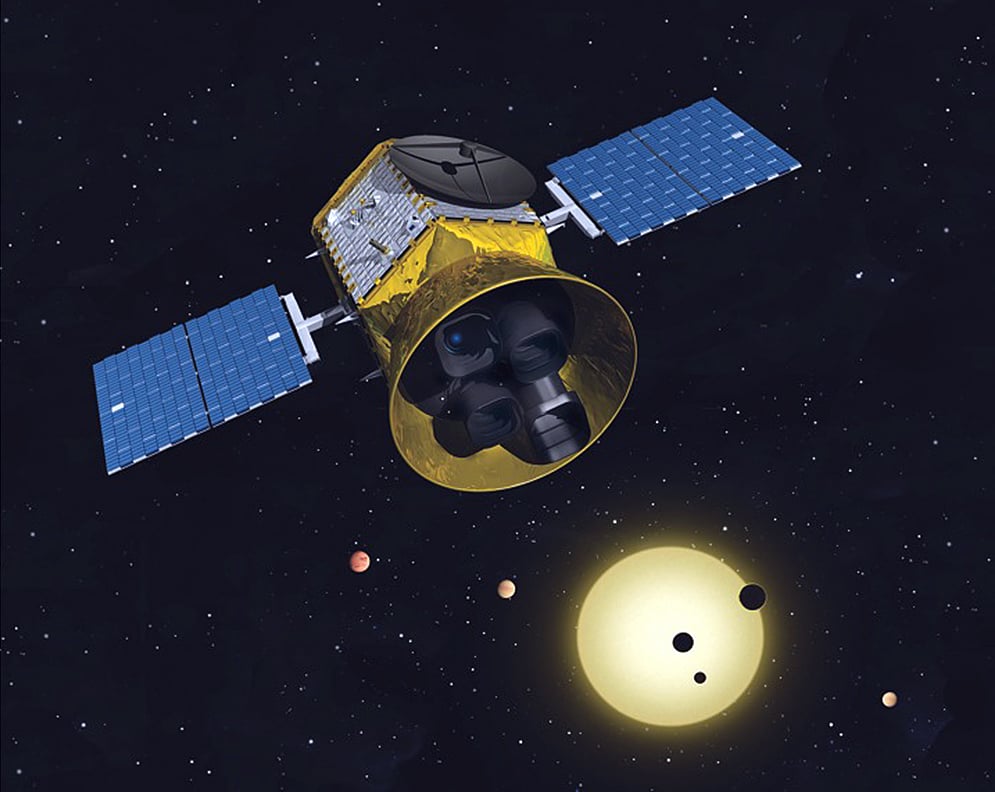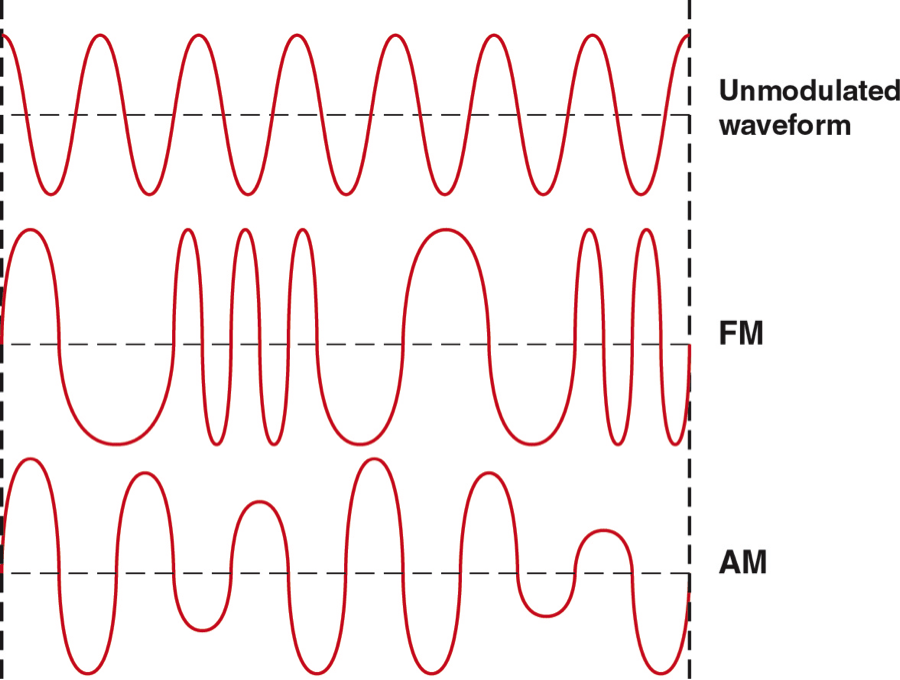Back in April, we reported on how a collaboration between the Chinese Academy of Sciences, the Breakthrough Listen Initiative, and the SETI Institute planned to use the new Five-hundred-meter Aperture radio Telescope (FAST) to search for signs of extraterrestrial life. We now caught up with another of the project scientists to flesh out some more details of their observational plans and what observations they hope to make in the future.
FAST took in its first light in 2016, and was fully commissioned in January of 2020, but the project has been used exclusively by local Chinese scientists so far. That is about to change in the coming year, and many groups, including those interested in SETI are ready to submit proposed observational plans that would make use of FAST's extraordinarily high sensitivity, which is 2.5x more than the next best radio telescope available.
There are three prongs to the observational plans the authors of the paper published in Research in Astronomy and Astrophysics suggest. First, they will look at the Andromeda galaxy, then at stars shown by TESS to have planets in their potentially habitable zone, and finally to take a look at modulated signals that have been undetectable to SETI efforts until recently.
The first of these targets, the Andromeda galaxy, might seem like a strange choice for a SETI monitoring mission. However, Dr. Vishal Gajjar, a scientist with the Breakthrough Listen Initiative and corresponding author on the paper, points out that so far astronomers have completely ignored any potential signals coming from the galaxy.
This might be because many signals would be considered too weak to be detectable by modern instruments. However, with the increased sensitivity of FAST, astronomers would be able to pick up signals at 1019watts. That might seem like alot of power - it is more than the entire Earth's annual consumption. However, for large scale civilizations, such as those that might be considered Kardashev Type II, it would barely be a drop in the bucket. So there is a decent chance that we would be able to pick up a signal from such a civilization even as far away as Andromeda.
Our closest neighboring galaxy itself is composed of 1 trillion stars, which would be a lot to search through. Luckily, FAST has a unique feature that would make it well suited to observe such a densely packed area. It has 19 individual beams that can be directed at different points in the sky. The team plans to survey the more than 1 trillion stars in the Andromeda galaxy by taking 21 hexagonal images, each will require 4 different pointings of the 19 beams that make up FAST's data collection system. Each pointing would take 10 minutes, so the entire survey of the Andromeda galaxy would only take around 14 hours of observing time.
That would leave plenty of extra time for another of the surveys the team hopes to accomplish - a survey of planets in the habitable zone of their star found by the Transiting Exoplanet Survey Satellite (TESS). While Kepler, another planet hunting telescope, has actually found more exoplanets than TESS, most of them are much farther away, and therefore would have much weaker signals. The average distance to a planet that TESS surveyed is between 100-200 light years - much closer than those found by Kepler. So even if a civilization there wasn't intentionally sending a signal straight at Earth, we may be able to catch fleeting glimpses of messages they would send among themselves, such as controlling robotic rovers on another planet or emitting their equivalent of radio frequency television channels.
Instead of using the Fast L-band Array (FLAN), which hosts the 19 beams that would be so useful in studying Andromeda, the team plans to use a series of single beam receivers to study the TESS candidate planets. These single beam receivers have a much wider bandwidth than the 1050-1450 band that is available on FLAN. They range from A1 (70-140 MHz) to A1 (2000-3000 MHz). The spectral width of these receivers will allow astronomers to look at signals that would be unreachable using other telescopes. Aliens could potentially use unconventional signal bandwidths, so the larger frequency size a telescope is able to capture, the more valuable it is to SETI astronomers.
It is not only repeating signals on a single bandwidth that interest those astronomers. Modulated signals, such as those that carry data, would be a holy grail of SETI research. With a combination of FAST's sensitivity and some new AI assisted machine learning algorithms, researchers will finally be able to identify a modulated signal of unknown origin.
Description of FAST and its capabilities.Credit: UT Youtube Channel.The Breakthrough Listen team joined the US Army's Artificial Intelligence Signal Classification challenge. As part of that challenge, they developed an algorithm known as a machine learning classifier that was able to identify novel modulated signals with 95% accuracy. When applied to SETI, this would help the team notice any type of novel modulated pattern. As with signal bandwidths, aliens might use a completely unknown modulation technique. But the Breakthrough Listen team's algorithm should be able to identify that there is a signal at least. Translating what it means is best left to science fiction books like Contact for now.
In the future such a translation program might be possible - scientists are smart after all. Any such effort would require an enormous amount of collected data. For now, FAST is still the best quality data source available for such SETI searches. The Breakthrough Listen team hopes to receive funding for the search programs described in their paper in the next few years. They are already working with a FAST project scientist from Beijing Normal University for some small observational tasks. Recently that team was approved to use the FAST telescopes for 14 hours for a SETI project. The largest observations, such as Andromeda and the TESS planets, are still about a year away.
Youtube video announcing Breakthrough Listen's collaboration with MeerKATCredit: BerekeleySETI Youtube ChannelDr Gajjar expressed the team's enthusiasm for working with FAST, stating they are "looking forward to conducting some of the deepest radio studies anyone has ever done before." And they have even more to look forward to. The Breakthrough Listen team is already engaged with MeerKAT, a telescope back in South Africa that recently received an updated computing cluster that will allow the team to perform some advanced frequency computations that have never been possible before. And the entire MeerKAT system is a precursor to the Square Kilometer Array, which promises to turn impact the entire field of radio astronomy when it comes online around 2027. Until then, FAST will prove an invaluable tool that will allow SETI and all other kinds of radio astronomy researchers to collect more data and draw better conclusions.
Learn More:
Research in Astronomy and Astrophysics - Opportunities to search for extraterrestrial intelligence with the FAST
UT - Breakthrough Listen and NASA Team Up to Look for Signs of Extra-Terrestrial Intelligence! UT - How the World’s Biggest Radio Telescope Could be Used to Search for Aliens
 Universe Today
Universe Today




